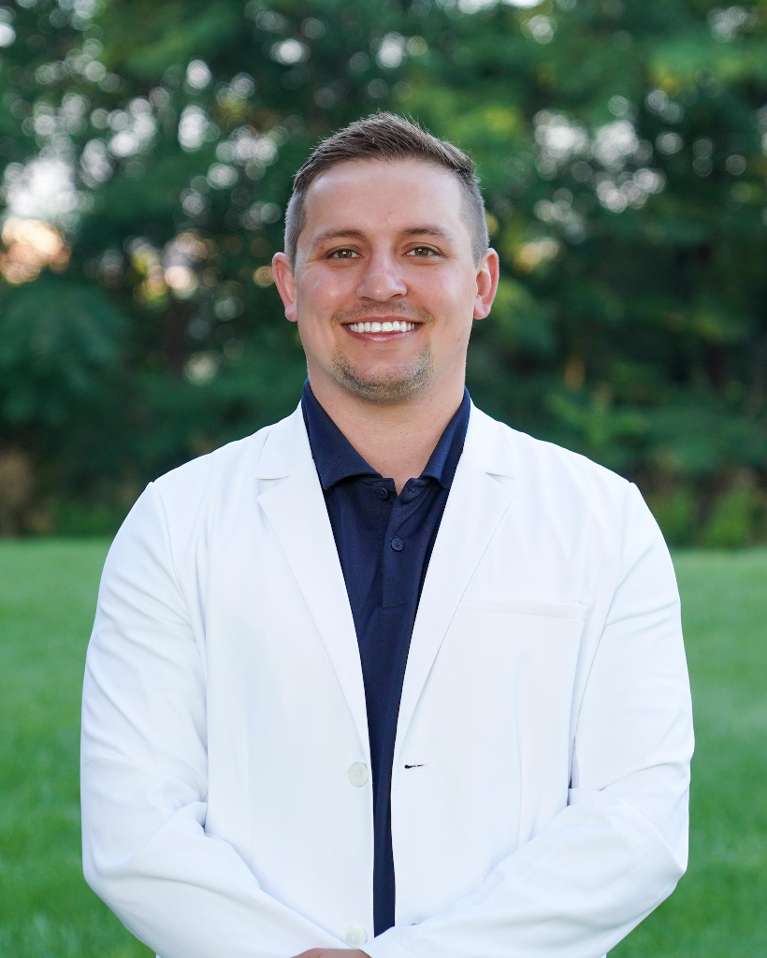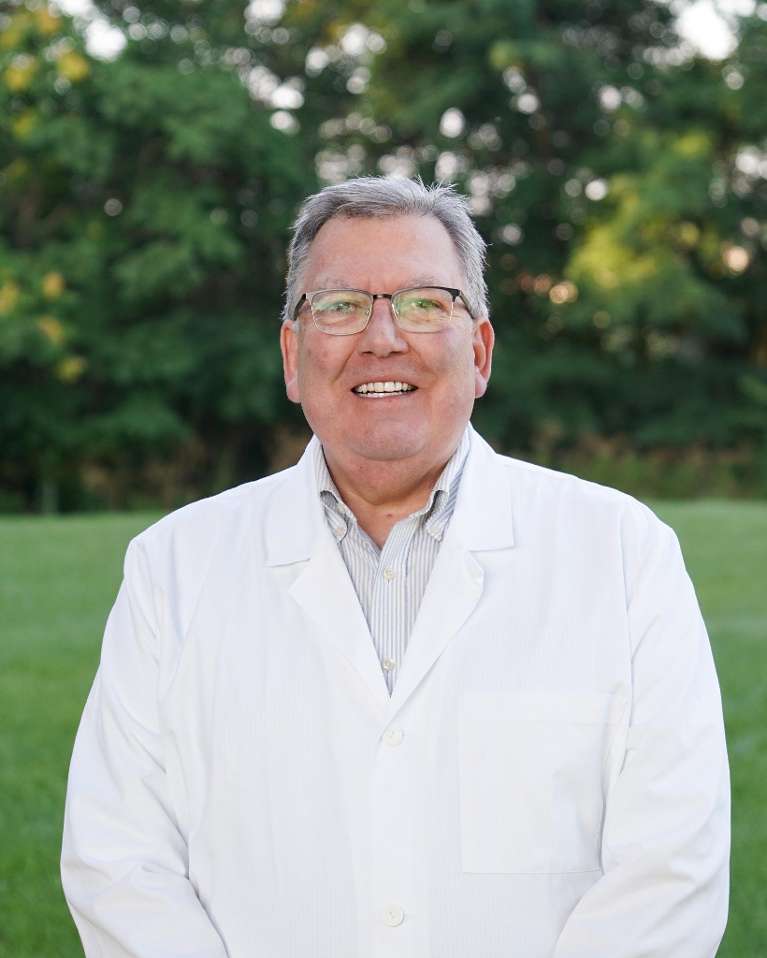
Gum Disease Treatment
Periodontal (gum) disease is a growing oral health problem and one of the most common conditions we treat.
While periodontal disease is preventable with good oral hygiene habits, it can still develop. And the earlier we catch it, the easier it will be to treat.
What Is Periodontal Disease?
Periodontal disease, or gum disease, is caused by plaque that builds up on the teeth, especially under the gumline. The sticky plaque attracts bacteria and eventually turns into hard tartar. The tartar and bacteria irritate the gums and cause infection.
 Preventing Periodontal Disease
Preventing Periodontal Disease
Brushing twice a day and flossing once using proper techniques removes a lot of plaque. However, even the most diligent brusher and flosser may have difficulty removing all the plaque, especially under the gumline. You can improve your chances of preventing gum disease with professional dental cleanings from a skilled dental hygienist as recommended by the American Dental Association.
But what if you brush and floss and get your regular cleanings like you are supposed to and still get periodontal disease? Other factors can contribute to and cause a predisposition to gum disease:
- Smoking increases your risk of developing gum disease. If you need help quitting, speak with your dentist.
- Diabetes and heart disease are both linked to periodontal disease.
- Numerous prescription medications cause dry mouth that contributes to gum disease.
- Illnesses like cancer inhibit your immune system and increase your risk of developing periodontal disease.
Treating Periodontal Disease
How we address gum disease depends on how advanced it is and how much damage it has caused. Treating gum disease is important even in the early stage called gingivitis. As a progressive disease, delaying treatment will only allow further damage to your teeth and the bones and ligaments that support them.
Treating mild gum disease requires a renewed commitment to good oral hygiene habits and daily use of an antimicrobial mouthwash. Treatment for moderate-to-advanced gum disease may involve a deep cleaning known as scaling and root planing. Our hygienist removes tartar buildup from below the gumline during this treatment and smooths rough spots where bacteria gather.
If you are concerned that you might have periodontal disease, don’t hesitate to call us to schedule an appointment and provide treatment if needed.
Our Team
-

Dr. Erika Bowman
Dr. Erika Bowman brings a thoughtful, hands-on approach to dentistry and a deep commitment to helping patients feel truly heard and cared for. She earned her Bachelor of Science from ...
Read More -

Dr. Thaylan Bowman
Dr. Thaylan Bowman brings a calm, confident presence to White Oak Dental, and a genuine love for getting to know his patients. A graduate of Texas A&M University and the ...
Read More -

Dr. Matthew J. Maggio
Dr. Matthew J. Maggio has been proudly serving the Fort Dodge community since 1986, when he joined his father, Dr. Paul J. Maggio, in practice. Dentistry runs deep in the ...
Read More
Frequently Asked Questions
In its earliest stages, we can reverse gum disease by improving your hygiene routine and adding in an antimicrobial treatment. Once gum disease has progressed past a certain point, however, the disease is not reversible. We can still provide treatment that will stop the disease in its tracks and prevent further deterioration of your gum and bone tissue.
